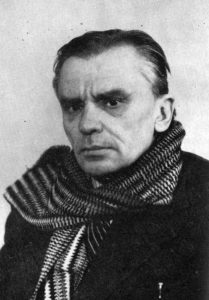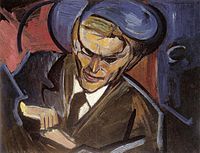
1885 - 1945
Tytus Czyzewski
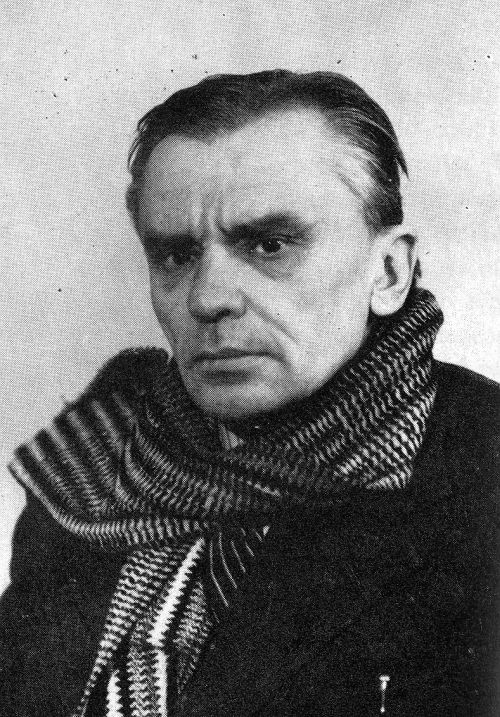
description
A Polish artist, literary critic, poet and playwright, who sought to combine the naivete of folk art with contemporary art movements: Dadaism and Futurism.
The parents of the future artist were landowners and gave his son a good education. Tytus graduated from the secondary school in Nowy Sącz, and in 1902 entered the painting faculty of the Academy of Fine Arts in Kraków. Here his teachers were outstanding artists Yu. Mehoffer and S. Wyspianski.
Having received an education in Paris and participated in the exhibition of the Salon of Independent in 1911, Tytus Czyzewski had a strong influence on the development of the avant-garde art of Poland. He was a participant and one of the organizers of the group of Polish Expressionists, which was then converted into the group “Formists”, and edited the magazine with the same name. For several years he worked in the Embassy of Poland in Paris, was engaged in teaching activities, published scientific works in the field of art.
Key ideas:
– The paintings by Tytus Czyzewski are among the best examples of avant-garde painting in Poland. They are characterized by a fresh look at things, a bold work with the shape and the variety of decorative solutions, which are rooted in folk art and national folklore. The artist had a special talent to combine the newest “modern” tendencies of the European art with truly Polish specialties and national colors in his works. This fills his work with a special sound and emotional expressiveness.
– A fragmented and incorrect view of reality, surprising, almost impossible combinations of forms are visible in the paintings created under the influence of Russian Cubo-Futurism. The creative synthesis of various forms of the image, characteristic for such works as the famous “Act with the Cat,” a simplified and dynamically formed texture of the canvas showed the same kinship with the art of the first avant-garde in the West, as well as with the naive. Thanks to such a merger, the importance of folk art and craftsmanship was raised.
– Color played a huge role in the artist’s work. A born colorist, Czyzewski paid little attention to the shape of objects, focusing on the game of complex combinations and the unordinary nature of the color scheme of the canvas.
– Trying his hand in various modernist movements, he dwelled on the primitive art that allows expressing the immediate sensation of the world. Having rejected superfluous detailing and superficial plausibility, the artist paints emotionally filled canvases where, under external simplicity, the vital energy and originality of the author are hidden.
1885
1907
1909
1910 - 1912
1917
1919
1922 - 1925
1925
1930
1940
1945
The birth of the artist
He continued studying painting in Paris
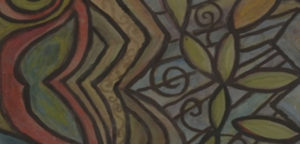
He worked as a teacher of the art school in Krakow
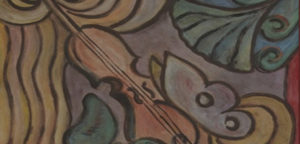
He participated in the “Independent” exhibition in Krakow
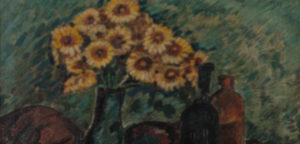
Was the editor of the magazine "Formists"
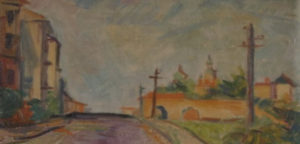
Published his works in the magazines
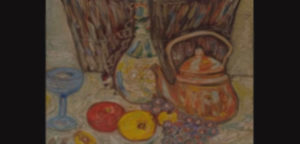
Worked at the embassy of Poland in Paris
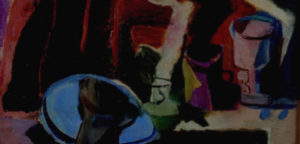
"Pastoral"
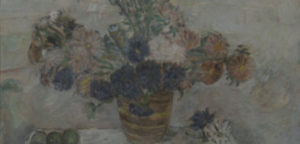
“New generation”
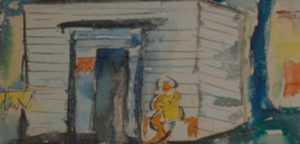
During the Nazi occupation, he was in Warsaw
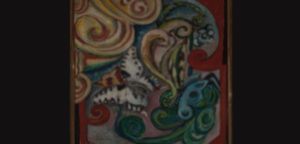
The death of the artist
